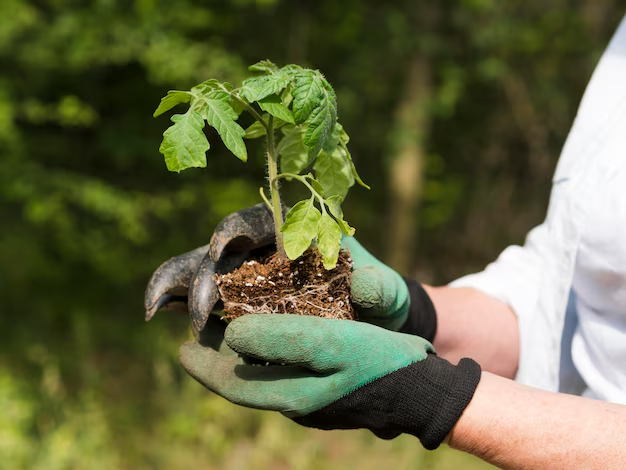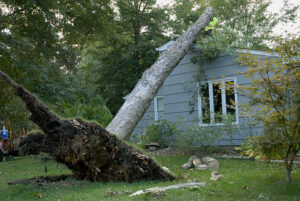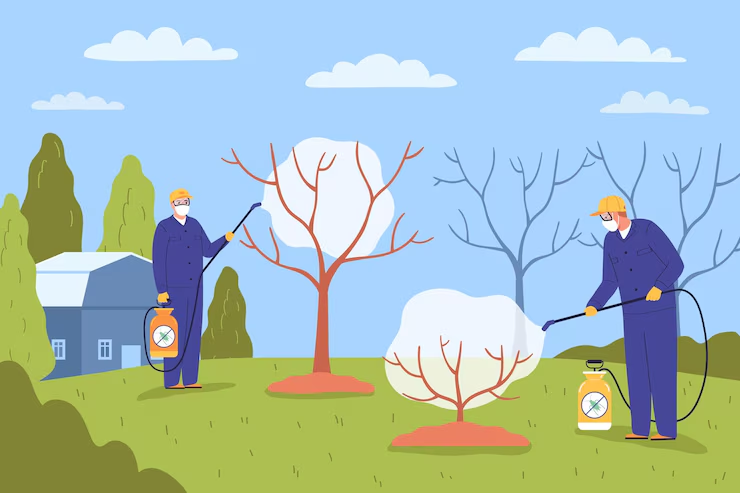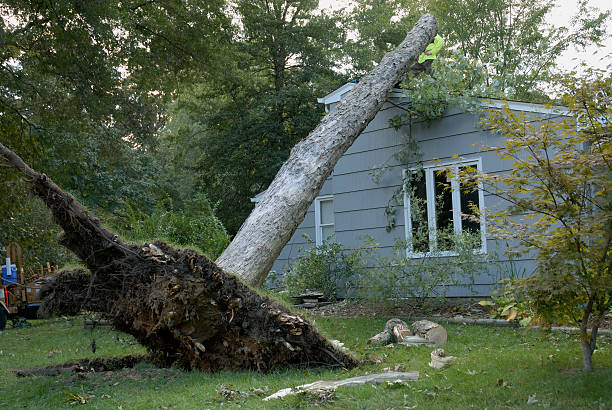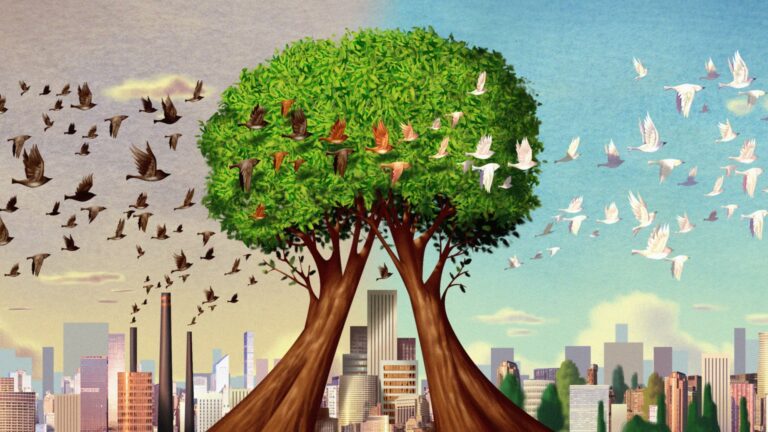Ever drive by a house and think, “Wow, that place looks amazing!”? Chances are, it had great trees out front.
Let’s talk about something simple that can make a massive difference for your home: planting native trees.
We all want to boost property value and curb appeal without spending a fortune or dealing with constant upkeep. And guess what? Native trees do exactly that.
Let me break it down.
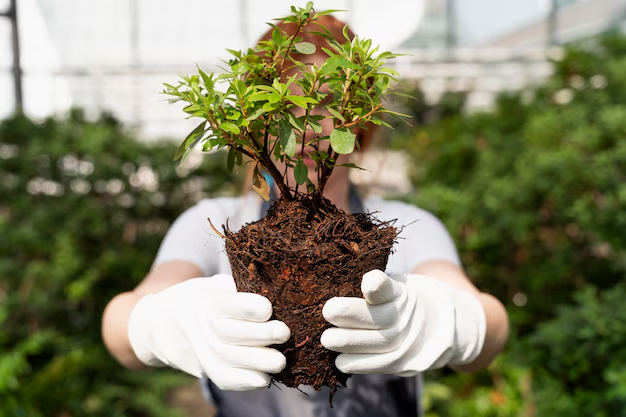
The Real Estate Benefits of Native Tree Landscaping
Planting native trees isn’t just about making your yard pretty. It’s about smart, long-term investment.
Mature trees can increase property value by 10–15%. That’s real money.
Why buyers care:
- Mature, healthy trees show you’ve taken care of the property.
- They make neighborhoods look cleaner, healthier, and more desirable.
- Shade = lower energy bills. Everyone loves savings.
- Trees are a sign of stability. Buyers trust homes with established landscapes.
According to the Arbor Day Foundation, well-placed trees can reduce air conditioning costs by up to 30%.
Example:
I worked with a family in Fort Worth who planted 5 native oaks in their front yard 10 years ago. When they sold, buyers said the mature canopy and cooling shade were huge selling points.
![]()
![]()
Why Native Trees Are a Smart Investment for Homeowners
I get it—you could buy any tree from a nursery. But native trees are different. They’re designed for your local climate. That means:
- Less water: No fighting to keep them alive during dry spells.
- Fewer chemicals: They’re naturally pest-resistant.
- Lower maintenance: These trees are survivors.
- Long lifespan: They’ll outlast imported species and stay healthy.
Bottom line: native trees save money and time.
Top Native Trees That Boost Curb Appeal
Here’s a quick list if you’re in Texas (or similar climates):
- Live Oak
- Texas Redbud
- Eastern Red Cedar
- Bald Cypress
- Mexican Plum
- American Beautyberry (for colour and birds!)
- Southern Magnolia
Why these trees?
- They look good year-round.
- They’re low-maintenance.
- They handle Texas heat and unpredictable weather.
- They attract birds, butterflies, and bees (buyers love this stuff!).
Need help choosing the right trees? Contact us at Trophy Tree Co.
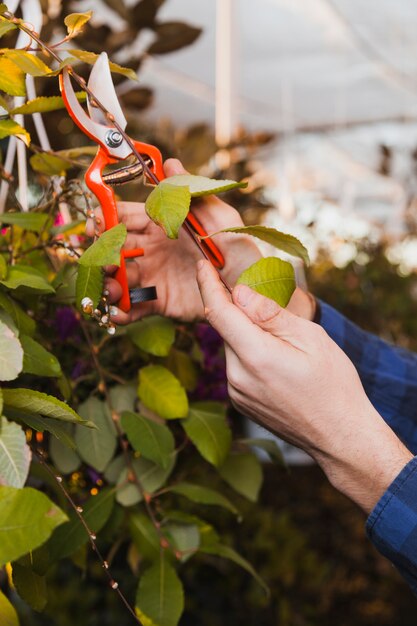
How Native Trees Contribute to Sustainable Property Value
Let’s talk environment.
Native trees help:
- Reduce soil erosion
- Improve air quality
- Support local wildlife
- Manage stormwater
- Cool down urban heat zones
The US Forest Service states that trees in urban areas can reduce summer daytime temperatures by up to 6°F.
Not only do you make your property better, but you also help your community.
Caring for Your Native Trees: Maintenance Tips
You want your trees to stay healthy and beautiful. Here’s how:
- Water young trees regularly (first 2 years).
- Mulch around the base to retain moisture.
- Prune annually to remove dead branches.
- Watch for pests, though native trees are tough.
- Fertilise sparingly—most don’t need much.
Need professional tree care? Check out our tree trimming and pruning services.
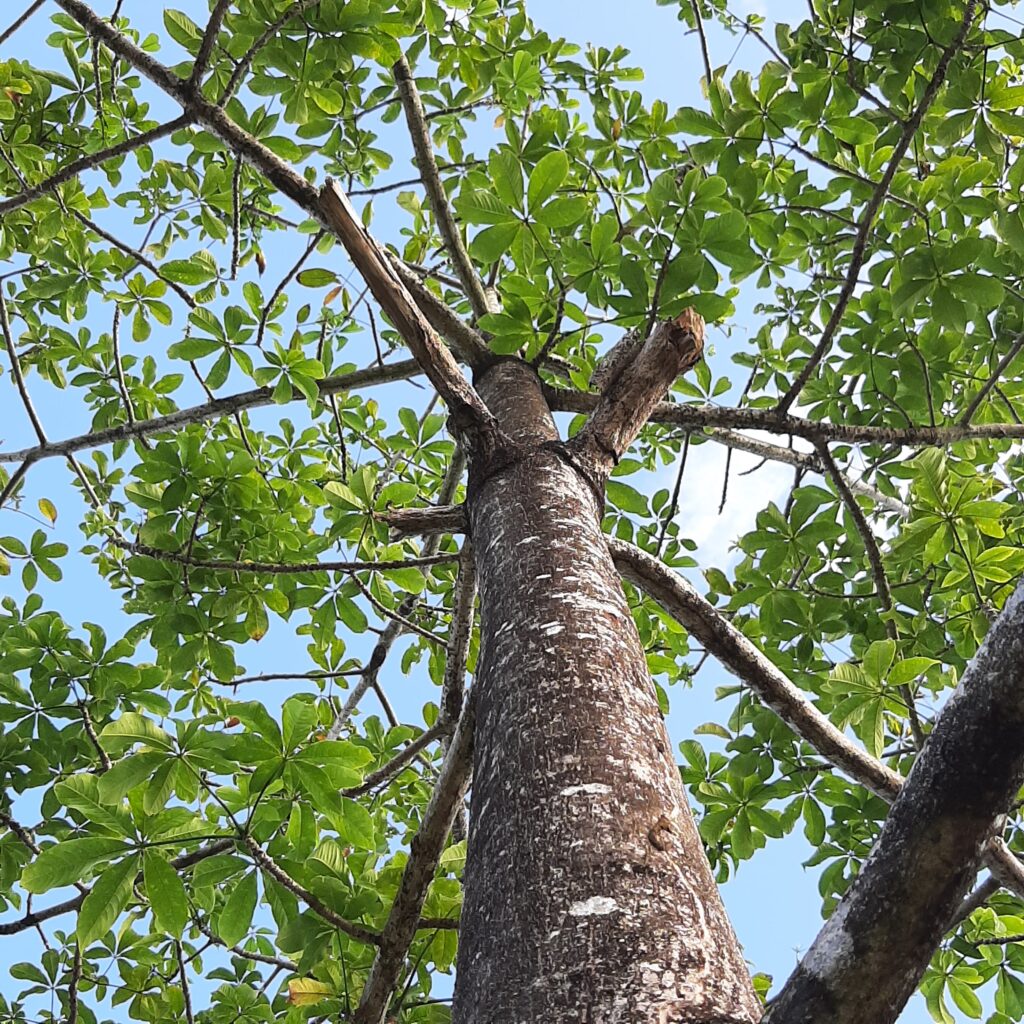
Best Native Trees for Texas Homes
- Live Oak: The classic. Strong, long-lived, and beautiful.
- Texas Redbud: Gorgeous pink blooms every spring.
- Bald Cypress: Stunning fall colour and good for wetter spots.
- American Beautyberry: Bright purple berries in fall.
- Cedar Elm: Tough, drought-resistant, perfect for Texas summers.
The Environmental Advantages of Native Tree Planting
- Improves air quality
- Supports pollinators and wildlife
- Improves mental health: Green spaces = happier homeowners
- Reduces noise pollution
Check out the National Wildlife Federation’s tree guide for more details.
How Native Trees Help Sell Homes Faster
Realtors will tell you: good landscaping sells. Trees give instant curb appeal.
- Buyers decide in seconds whether they like a house.
- Big, healthy trees give that wow factor.
- Trees make homes feel more private.
- Trees show the property’s been cared for.
Low-Maintenance Landscaping Ideas for Busy Homeowners
Don’t want to be outside trimming and watering all day? Stick with:
- Native trees and shrubs
- Mulched beds to keep weeds down
- Perennials over annuals
- Automated drip irrigation
We’ve done full front-yard redesigns in Keller that looked great with very little ongoing work.
Before You Plant: Key Considerations for Native Trees
- Check root systems: Avoid damage to foundations.
- Space out plantings: Trees need room to grow.
- Look at seasonal interest: Aim for year-round beauty.
- Plan for height: Don’t plant tall trees under power lines.
Need a consultation? Book one with our arborist team.
![]()
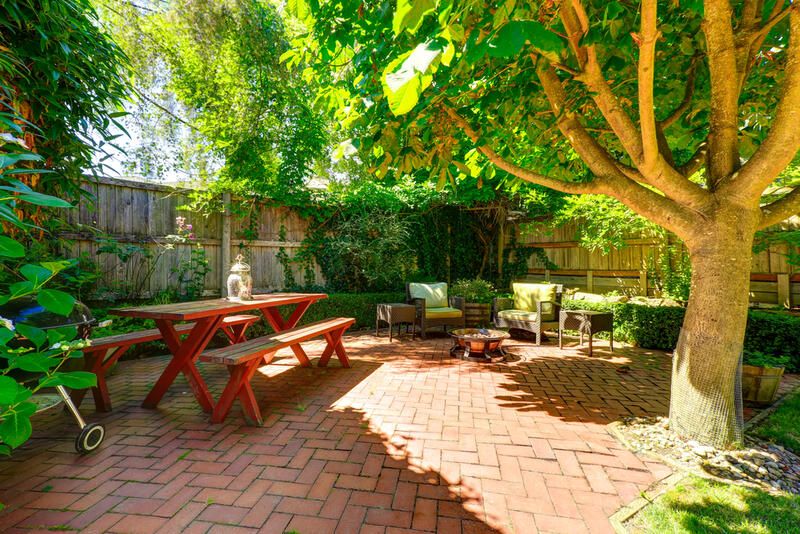
![]()
Internal Links You Should Check:
- Tree removal services in Fort Worth
- Tree removal in Arlington
- Emergency tree services
- Stump grinding
- Lot clearing
- Tree uprooting removal
- Our services
FAQs
1. Do trees really increase property value? Yes! Mature, well-placed trees can boost property value by 10-15%.
2. What’s the best native tree for curb appeal in Texas? Live Oak or Texas Redbud are both great choices.
3. Are native trees hard to maintain? Not at all. They need less water, fewer chemicals, and are more pest-resistant.
4. How far should I plant trees from my house? It depends on the species, but generally at least 15-20 feet.
5. Do native trees attract wildlife? Yes! Birds, bees, and butterflies love them.
6. Can trees help with energy savings? Absolutely. Shade from trees can cut cooling costs in summer.
7. When’s the best time to plant native trees? Fall and early spring are ideal.
8. Do I need professional help to plant trees? If you’re unsure about placement or species, consulting with a pro is smart.
9. What’s the fastest-growing native tree for curb appeal? Bald Cypress and Red Maple grow quickly and look great.
10. How do I keep my trees healthy long-term? Water regularly in the first few years, mulch, prune annually, and watch for pests.
Planting native trees isn’t just good for your home — it’s good for your community.
If you’re ready to boost your property value and curb appeal with native trees, contact Trophy Tree Co. today. We’ll help you get it done right.

